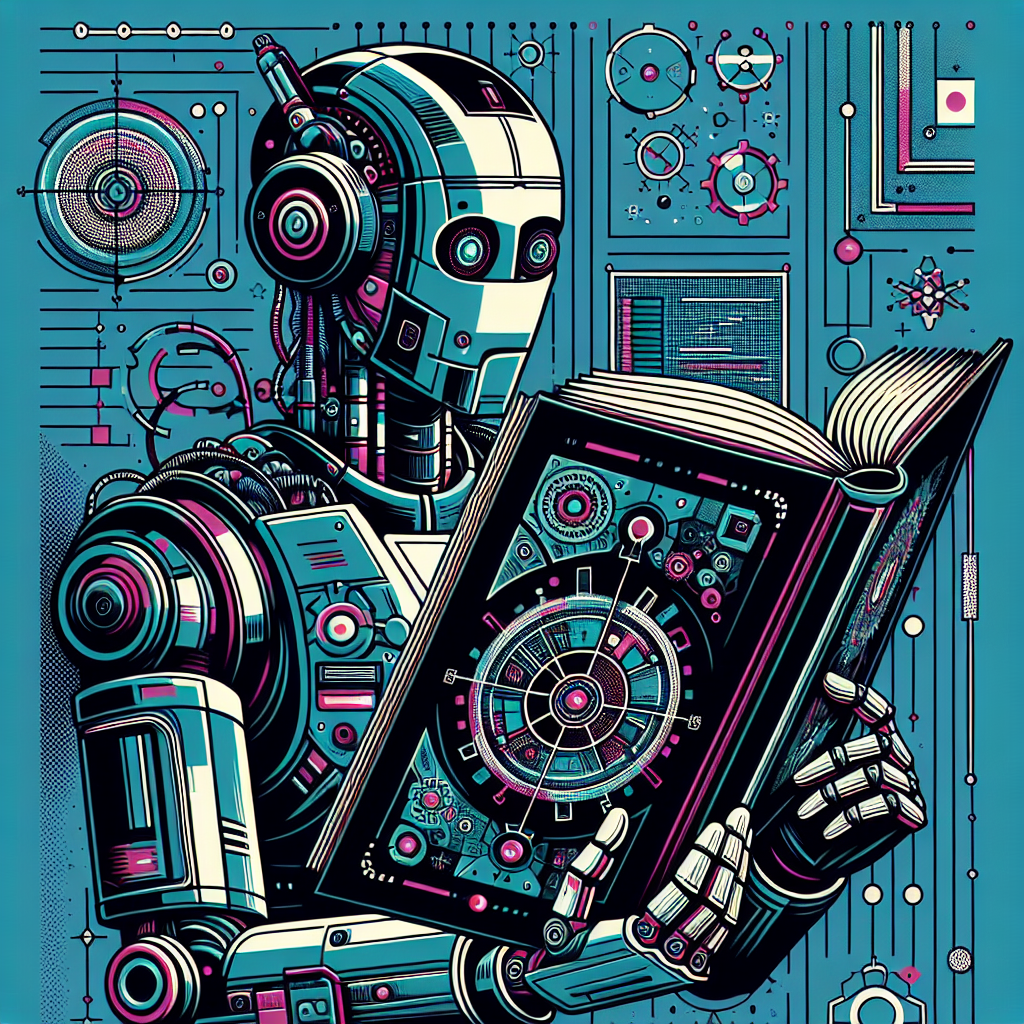What are some ways a small business can market locally without being annoying and spammy?
As a business owner or executive, you fully recognise the opportunities of integrating AI into …

Over the last decade or more, open-source frameworks have emerged as powerful tools that enable developers and researchers to push the boundaries of what is possible. These frameworks provide a solid foundation for building and deploying machine learning models, making it easier for individuals and organisations to leverage the power of artificial intelligence. In this blog post, we will explore the concept of machine learning, the role of open-source frameworks, and how to choose the proper framework for your specific needs.
Machine learning is a subset of artificial intelligence that focuses on enabling computers to learn and make predictions or decisions without being explicitly programmed. Instead of following predefined rules, machine learning algorithms learn from data, identifying patterns and relationships that can be used to make accurate predictions or decisions. This approach allows computers to adapt and improve their performance over time, making them valuable tools in various applications, from image and speech recognition to natural language processing and autonomous vehicles.
Open-source frameworks are software tools developed and maintained by a community of developers rather than a single organisation. They are typically distributed under a license that allows users to freely use, modify, and distribute the code. The open-source nature of these frameworks encourages collaboration and innovation, as developers worldwide can contribute to their development and improvement.
The benefits of using open-source frameworks are numerous. First, they are often more cost-effective than proprietary solutions, as they do not require expensive licensing fees. Second, open-source frameworks benefit from the collective knowledge and expertise of a large community of users, which can lead to faster development, more robust code, and a more comprehensive range of features and capabilities. Finally, customising and contributing to the code allows users to tailor the framework to their specific needs and share their improvements with the broader community.

Several popular open-source machine learning frameworks are available, each with strengths and weaknesses. Here, I will overview three of the most widely used frameworks: TensorFlow, PyTorch, and Scikit-learn.
Developed by Google, TensorFlow is a powerful and flexible framework for building and deploying machine learning models. It provides a comprehensive ecosystem of tools and libraries, making it well-suited for a wide range of tasks, from simple regression models to complex deep-learning architectures. TensorFlow's key strengths include its scalability, allowing models to be trained on large datasets across multiple devices, and its strong community support, with many tutorials, examples, and pre-trained models available.
Created by Facebook, PyTorch is a dynamic and intuitive framework emphasising ease of use and flexibility. Its primary focus is on deep learning, and it provides a simple and expressive interface for building and training neural networks. PyTorch's dynamic computational graph allows for more natural and readable code, making it a popular choice for researchers and developers who value experimentation and rapid prototyping.
Scikit-learn is a more specialised framework focusing on traditional machine learning algorithms, such as regression, classification, and clustering. It provides a clean and consistent interface for building and evaluating models, emphasising ease of use and interpretability. Scikit-learn's key strengths include its extensive documentation, a wide range of built-in algorithms, and strong integration with other Python libraries for data manipulation and visualisation.

When selecting an open-source machine learning framework, several factors must be considered. First, it is essential to understand the type of problem you are trying to solve and the specific requirements of your project. Different frameworks excel in other areas, so choosing one that aligns with your needs is crucial. For example, if your project involves deep learning and requires flexibility and ease of experimentation, PyTorch may be the best choice. On the other hand, if you work with structured data and traditional machine learning algorithms, Scikit-learn may be more suitable.
Second, consider the level of customisation and control you require. Some frameworks, like TensorFlow, provide high flexibility and allow for fine-grained control over the model architecture and training process. Others, like Scikit-learn, offer a more streamlined and opinionated approach focusing on simplicity and ease of use.
Finally, it is essential to evaluate the resources available to you regarding computational power and human expertise. Some frameworks, like TensorFlow, can be more resource-intensive and may require specialised hardware, such as GPUs, to train large models efficiently. Additionally, the availability of documentation, tutorials, and community support can greatly impact your ability to use and troubleshoot a framework effectively.
Open-source machine learning frameworks have revolutionised the field of artificial intelligence, enabling developers and researchers to build robust and sophisticated models with unprecedented ease and efficiency. By understanding the strengths and weaknesses of different frameworks and carefully considering your project's specific needs, you can select the right tool for the job and unlock the full potential of machine learning.
As the field of machine learning continues to evolve, the importance of open-source frameworks will only grow. By contributing to developing and improving these frameworks, the machine-learning community can accelerate progress and push the boundaries of what is possible. Whether you are a seasoned practitioner or just starting your journey in machine learning, embracing open-source frameworks is crucial in staying at the forefront of this exciting and rapidly evolving field.
Some other posts you may like

What are some ways a small business can market locally without being annoying and spammy?
As a business owner or executive, you fully recognise the opportunities of integrating AI into …
June 22, 2024
Read More
Case Study: ChotMai - Fast File Transfer in Thailand

In this case study, I'll share my journey in …
June 22, 2024
Read More